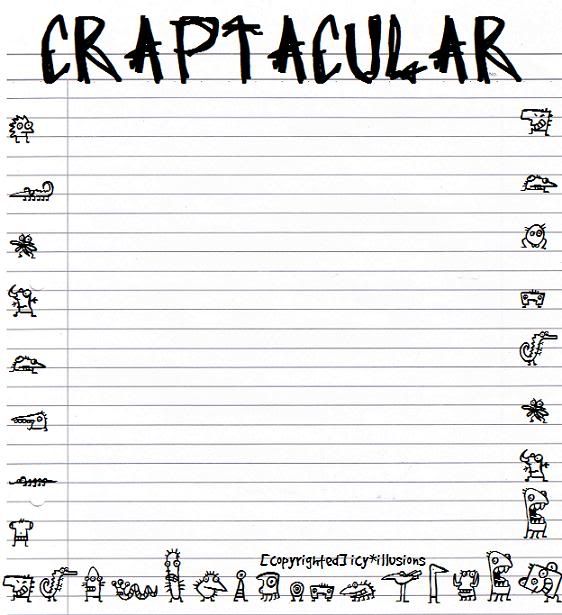THE CRAPPER SPEAKS
Tuesday, September 26, 2006
Thought I'd explain what I learnt from the mega games.
I really thought hard about what lessons I can learnt. I'll first describe how the game is played.
There are two teams of beyond 20 players each.
Each team selects a Commander, a Sub-Commander/Advisor
The Commander assigns waterguns to 10 selected players.
The rest get water bombs and paper bullets.
Each player gets a water balloon, that is his/her life.
No aiming of vital parts.
The game is played in a grid of 19x7 square boxes each measuring roughly 1m x 1m. A life-sized dice is rolled and the subsequent number will reflect the amount of movement actions a team can make. For eg. if six is rolled, the Commander can choose 6 players in his/her team to move 1 step each, or 1 player to move 6 steps, or something similar.
To me, this is what I've got:
Each team is a Unit of leaders. The Commander is the UL, who charts the direction and encourages the team by routinely shouting the slogan.
The Sub-Commander is the Core Team of the Commander, who advises and drafts alternative plans/considerations. An Aide to the Commander.
Players are the Unit members who are fundamental in making the Unit what it is.
Everyone should initially agree on an identical communication channel. For example, if one hand is raised, all the rest stop talking for the person. Leaders know when to talk and when to keep quiet.
Instructions to players should be followed with obedience, because even though the Commander does not know everything (what the enemy is going to move, result of the game), what he/she does is making what he/she feels is the best course of action. With the birds'-eye view, the Commander is in the most strategic position for organising battle-plans.
The game is biased towards aggresive play, because an either/or victory is sought.
Psychedelic;
10:34 AM
